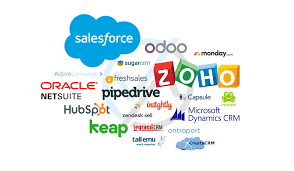
CRM stands for customer relationship management, and it’s all about managing and keeping track of interactions with potential and current customers, with the intention of increasing profitability. CRMs can collect and store data that is used to help understand customers. Through doing our Max labs in Salesforce in this class, I believe we got a really good hands-on understanding of how important CRM actually is in the real world. While the labs weren’t real situations, they easily could have been. During the labs, we learned the importance of keeping track of the names, contact information, potential investment information, and much more of future and current customers. You can also use these systems to keep track of personal preferences, customer service issues, purchase habits, and browsing habits. There’s also an area to put notes on the customer, which can help you remember and distinguish between who is who. Therefore, CRMs are essential to businesses, especially those that are just starting up. It is a way to stay organized and on top of getting to know your different customers. Departments such as sales, marketing, human resources, and accounting can all benefit from utilizing CRMs. Personally, I am glad I learned how to use Salesforce in this class, as that is something that will be beneficial to know when entering the workforce.
Image link: https://plumlogix.com/best-crm-for-growing-businesses/
 Alan Turing and the Turing Test
Alan Turing and the Turing Test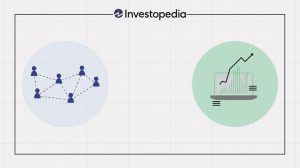 Network Effects and Examples
Network Effects and Examples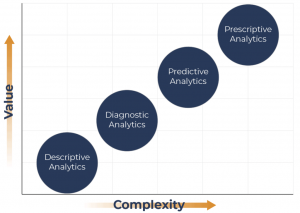 Descriptive vs. Predictive Analytics
Descriptive vs. Predictive Analytics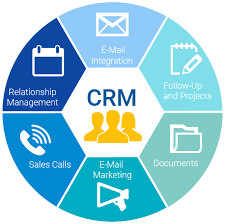 Who uses CRMs?
Who uses CRMs?

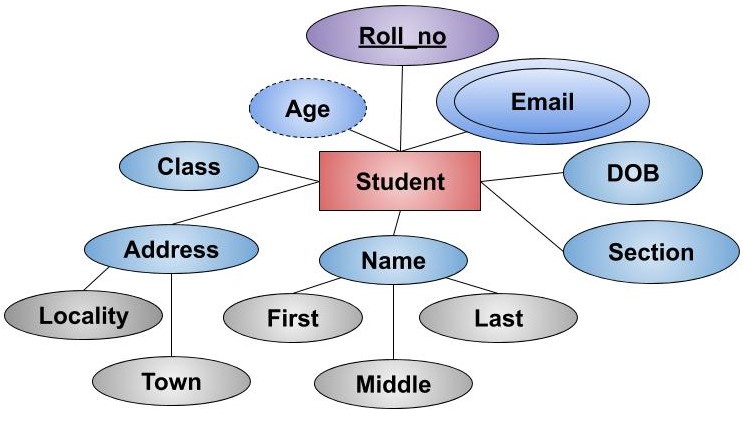
![IDEF1X, Crowsfoot, Chen [Data Models]](https://www.relationaldbdesign.com/database-design/module7/images/chen-crowsfoot-notation.jpg)

ERP, or enterprise resource planning, is a process used by companies to manage and integrate the important parts of their businesses, often via software to connect planning, purchasing inventory, sales, marketing, finance, human resources, and more. Many ERP software applications are important to companies because they help them implement resource planning by integrating all of the processes needed to run their companies with a single system. Customer relationship management (CRM) is the combination of practices, strategies and technologies that companies use to manage and analyze customer interactions. The goal is to improve customer service relationships and with CRM software you can keep track of customer service issues, find sales opportunities, and store contact information for customers and prospects all in one place. What is the purpose of ERP? ERP provides a host of services for companies trying to improve how efficiently they operate. Tracking and managing things such as production, cash flows, raw materials, payroll, and purchase orders. What are some of the issues with legacy systems? Data breaches, ransomware attacks, and cybersecurity problems Legacy Systems Make Security Worse. Legacy Systems Are Not Cost-Effective to Manage – support for older systems are typically much more costly because it takes a lot more time for developers to provide continuous maintenance and updates.
o CRM
• Undertakes sales, customer service and experience
• Emphasizes customer management, and interactions to improve marketing presence
• Typical users: sales and support employees
o ERP
• Focusses on the company’s internal processes and management
• Cover the entire business, manages all major activities, improves back-office functionalities
• Strives to reduce overhead and cut costs via automation
• Typical users: decision-makers
https://www.techtarget.com/searcherp/feature/CRM-vs-ERP-Understand-differences-and-CRM-choices